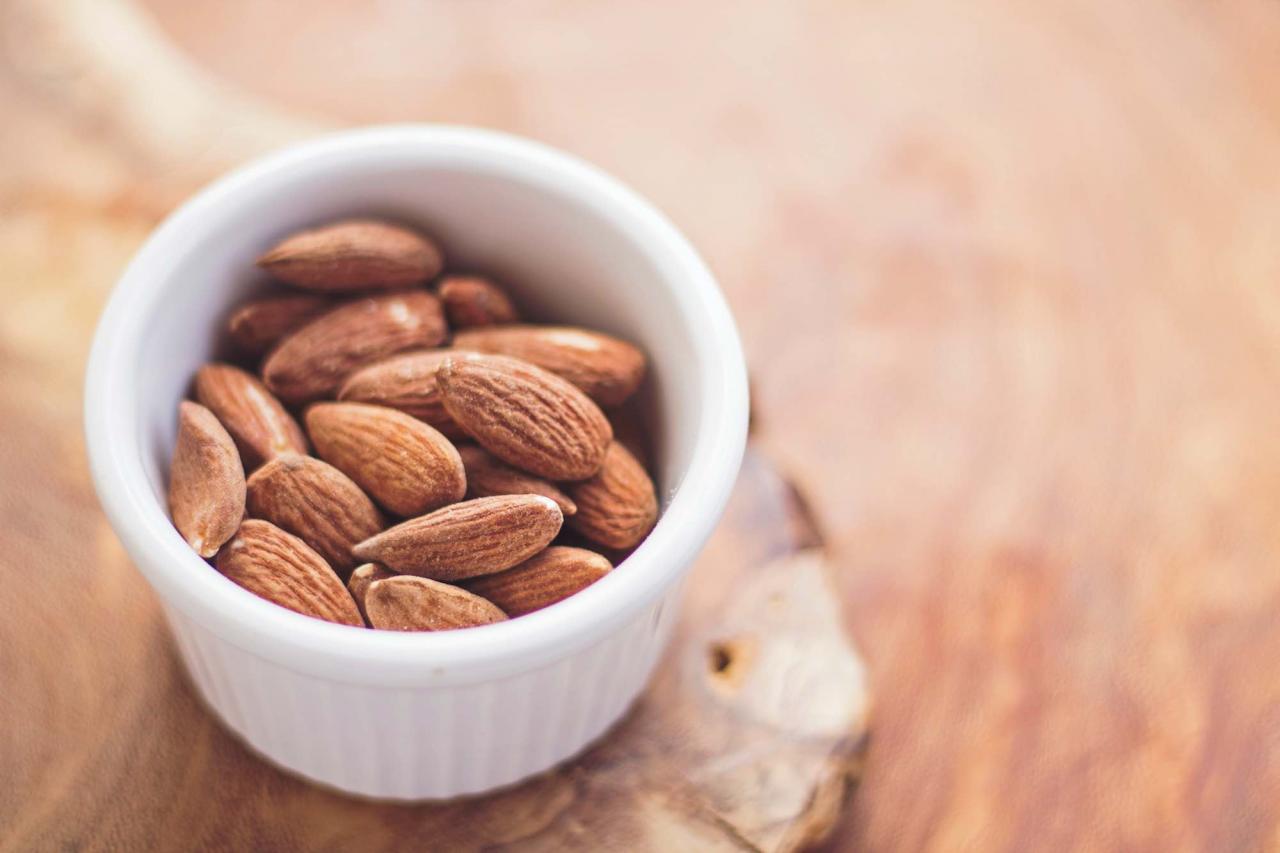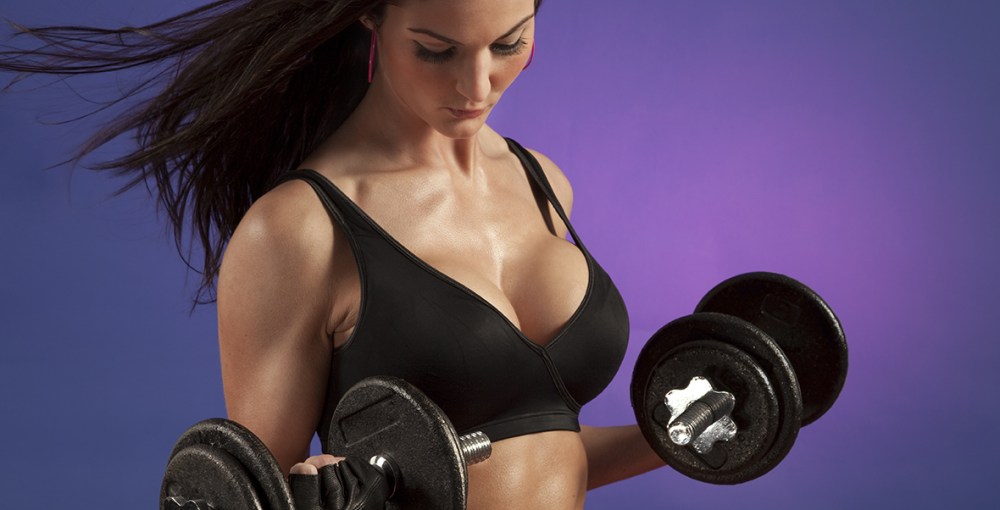When the long and exhausting day in the office draws to a close, many have only one thought: Off to training . The mobilization of the primary muscles is of the utmost importance when the monotonous stress caused by prolonged sitting is heavily loaded. Top-class fitness studios or hotel gyms in particular offer another pleasant part that can easily be added to training: the sauna session. But why is the sauna so useful after training?
Sauna after training: pleasant advantages
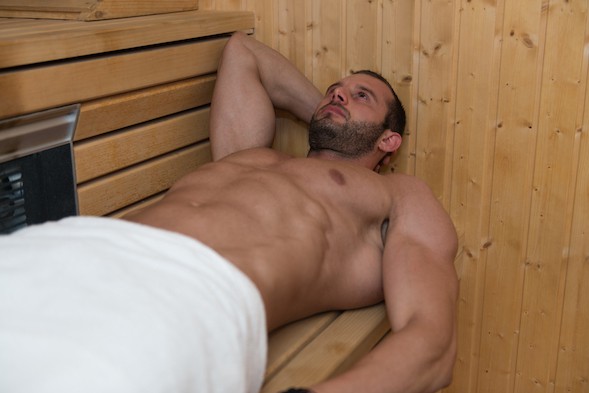
For many athletes, the sauna is an absolute must, especially after extensive strength training. After all, the obligatory sauna session should primarily promote relaxation of the stressed muscles, initiate muscle regeneration and promote physical recovery.
The faster the stressed muscles can regenerate, the faster the performance of the muscles will be restored. This is not relevant for all athletes, but if you train regularly at a high level of performance and reliably scratch your individual plateau phases, you have to coordinate regeneration phases and training very precisely. And that also applies to the sauna. After all, only a fully regenerated and healthy movement system can provide maximum performance for everyday life and training and stimulate the organisms involved to hypertrophy.
Is sauna good for building muscles?
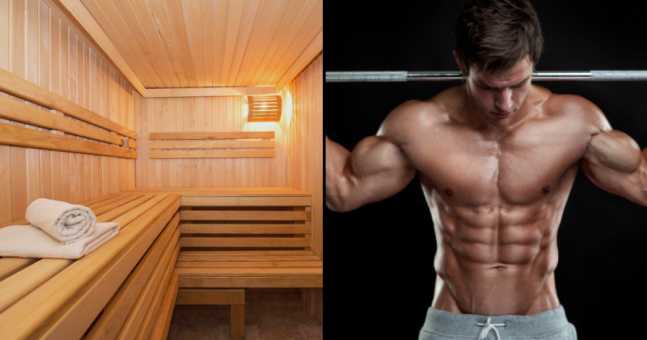
Not only is the gap between rich and poor growing wider and wider – the perceived and actually offered performance in the countless established fitness studios, strength temples and wellness centers is now incredibly differentiated. But almost all offers have one common denominator: the combination of strength training and sauna. What at first sounds like a well arguable price driver raises a simple question the next: Is a sauna even good for effective muscle building and can sauna sessions promote the restoration of the muscular performance of an athlete ?
Effect of sauna sessions on the organism
In order to be able to answer these questions, let’s first look at the effects of sauna sessions on the organism. The high ambient temperature in the sauna room triggers a multi-stage heating phase in the user, which is known as hyperthermia (overheating). Due to a constantly high temperature in the sauna room, the body is permanently supplied with heat, while the heat dissipation is almost completely prevented.
Although the sweat secretion increases by a considerable amount as a result of the high temperature, it cannot produce a sufficient cooling effect on the organism despite the evaporation effect.
Thus the temperature of the skin surface rises from about 30-32 ° C to about 40-42 ° C, which completely reverses the physical temperature gradient and the body core via the bloodstream additionally supplies a high level of heat. Your own core body temperature increases by around 2 ° C
The 2 ° C increase in the core body temperature associated with hyperthermia increases metabolic activity so much according to our already mentioned reaction rate temperature rule (RGT rule) that the total energy expenditure by up to 40% increases. This effect can be observed especially in the skin cells, where cell renewal is running at full speed.
Purification through sauna-courses
The increased sweat secretion induced by the sauna after training leads to the flushing of amino acids, urea, fatty acids, electrolytes or water from the intracellular space also to the secretion of metabolic residues, which is generally called “Purifying effect” is described. Sauna after training thus leads to targeted purification, which is described in current recommendations as an essential health factor. In practice, of course, purification is only part of the influencing factors.
So that the compensation of this “cell-detoxifying” water loss is not hindered (in the first phase it is mainly compensated from the blood plasma, in the second phase from the intracellular tissue – i.e. the water loss in fat, connective or muscle tissue), during of a single sauna session are not drunk , but the water loss is only balanced out with electrolyte and mineral-rich fluids after the sauna session. Otherwise the water loss would be compensated for directly by the absorption of water via the gastrointestinal tract and the purification effect would be minimized.
Does the sauna have any advantages for building muscle after training?
So if you did not only go to the sauna area of your wellness oasis to relax, but also completed an intensive strength training before the sauna session , there are other factors that come into play during the sauna session. The use of heat in the sauna and the resulting hyperthermia leads to an increased blood flow in the muscles, cartilage, tendons and ligaments and a rapid restoration of the stressed systems’ capacity.
In the so-called phase of the vagotonic fluctuation , the metabolic processes regulate themselves to such an extent that the glycogen stores emptied by the training can be refilled optimally. Using the sauna thus quickly compensates for exhausted energy stores and enables rapid intramuscular performance recovery after intense exercise.The sauna application can significantly stimulate the regeneration of muscles and other functional systems and thus leads to an accelerated recovery of performance, not only for professional athletes.
Sports medicine recommendations for sauna use
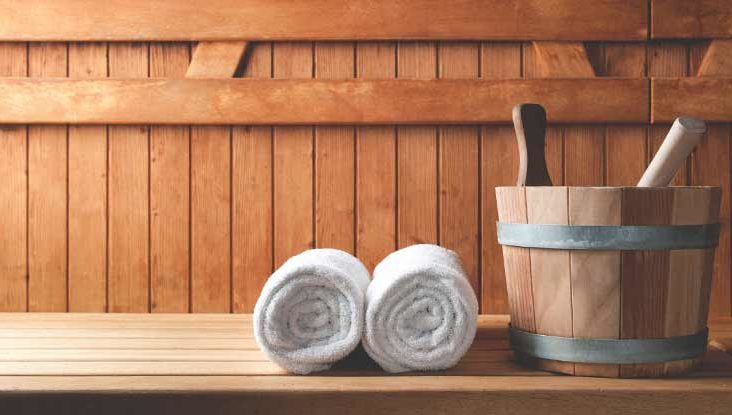
The factors described result in comprehensible recommendations for sauna use. Most of the small wooden plaques at the entrance to the Finnish sauna already show some recommendations, but most of the time there is no strong reason!
- For trained athletes we recommend one or two saunas per week
- Maximum 8 to 15 minutes direct application of heat, then cooling down in the fresh air (the body has a correspondingly increased need for oxygen)
- Sit upright before leaving the sauna so that the blood flow can slowly regulate
- When using a plunge pool or cold water shower, do not cool down in the fresh air until you start to shiver, but put enough residual heat in the cold water so that the temperature gradient is not too great
- With cold water shower first cool down from the extremities to the center of the body (heart)
- As a rule, 2-3 sauna sessions are completely sufficient for the relaxation effects described, excessive duration and frequency of sauna sessions can minimize or even reverse the effects
The sauna after training is a sensible variant with which you can contribute to the effective restoration and regeneration of your muscles after intensive strength training. However, you have to observe a few rules so that the sauna use remains really healthy and your cardiovascular system does not collapse early.
Not a pleasant affair if you underestimate yourself and your physical resilience. The radical temperature changes are not for the faint of heart. Be careful with your organism and don’t play the tough hero when taking a sauna. Then you can increase your performance sustainably by using the sauna after training.

